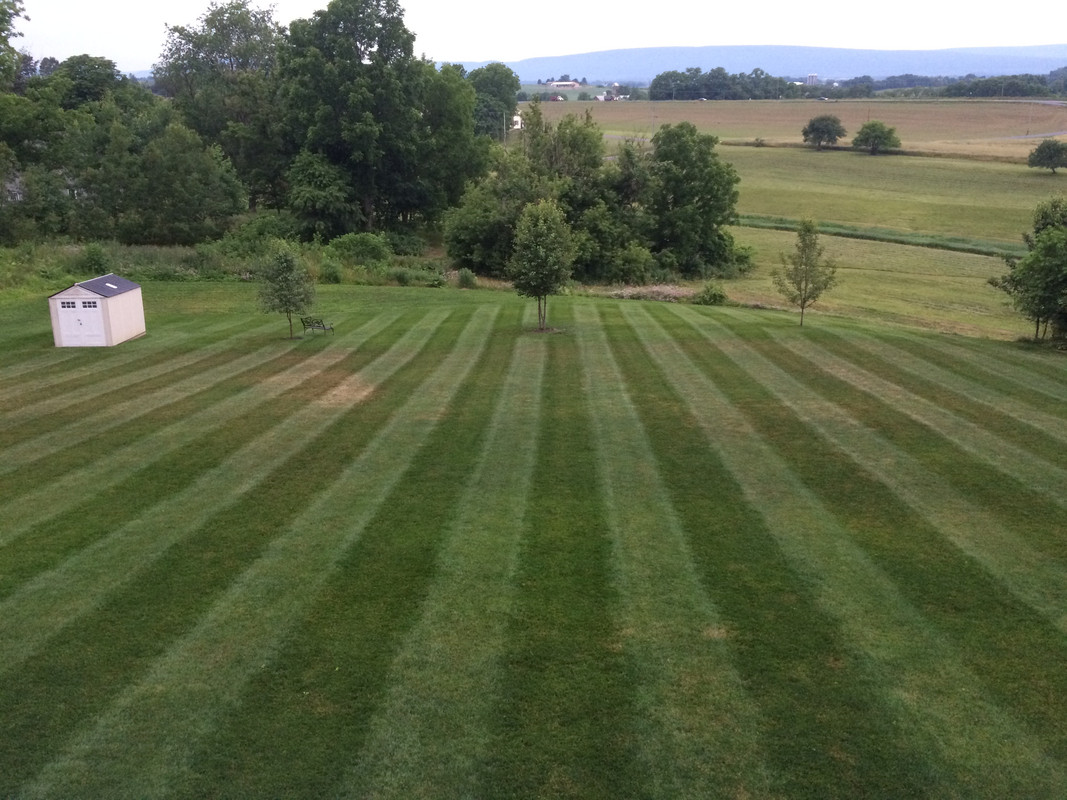Hello,
The last two summers, i've had a difficult time keeping my lawn healthy. My front yard has no shade and temps are regularly in the 80s and 90s all summer. The last two years the lawn died in patches and crabgrass took over. I'm trying to avoid that this year. I've cared for the lawn, fertilized (Scotts products), seeded/overseeded with Scotts sun & shade mix during the fall over the last two years and the lawn is in much better shape in general. Weeds are minimal and under control. I applied a Scotts pre-emergent in the early spring and Weed & Feed around Memorial Day as well. I mow at the highest blade height. I also began watering my lawn daily, for about 15 min each morning in anticipation of the summer heat and drought. I'm still watering each morning, but I can already notice the grass starting to become brown in the last week from the heat.
What more can I do?! I can live with it being a little brown-ish during the summer but what I really want to avoid is the grass dying completely and crabgrass moving in, like in years past. I was planning on applying Scotts Summerguard w/ Insect Control at the end of June. Yea? No?
Help! Thanks
The last two summers, i've had a difficult time keeping my lawn healthy. My front yard has no shade and temps are regularly in the 80s and 90s all summer. The last two years the lawn died in patches and crabgrass took over. I'm trying to avoid that this year. I've cared for the lawn, fertilized (Scotts products), seeded/overseeded with Scotts sun & shade mix during the fall over the last two years and the lawn is in much better shape in general. Weeds are minimal and under control. I applied a Scotts pre-emergent in the early spring and Weed & Feed around Memorial Day as well. I mow at the highest blade height. I also began watering my lawn daily, for about 15 min each morning in anticipation of the summer heat and drought. I'm still watering each morning, but I can already notice the grass starting to become brown in the last week from the heat.
What more can I do?! I can live with it being a little brown-ish during the summer but what I really want to avoid is the grass dying completely and crabgrass moving in, like in years past. I was planning on applying Scotts Summerguard w/ Insect Control at the end of June. Yea? No?
Help! Thanks





